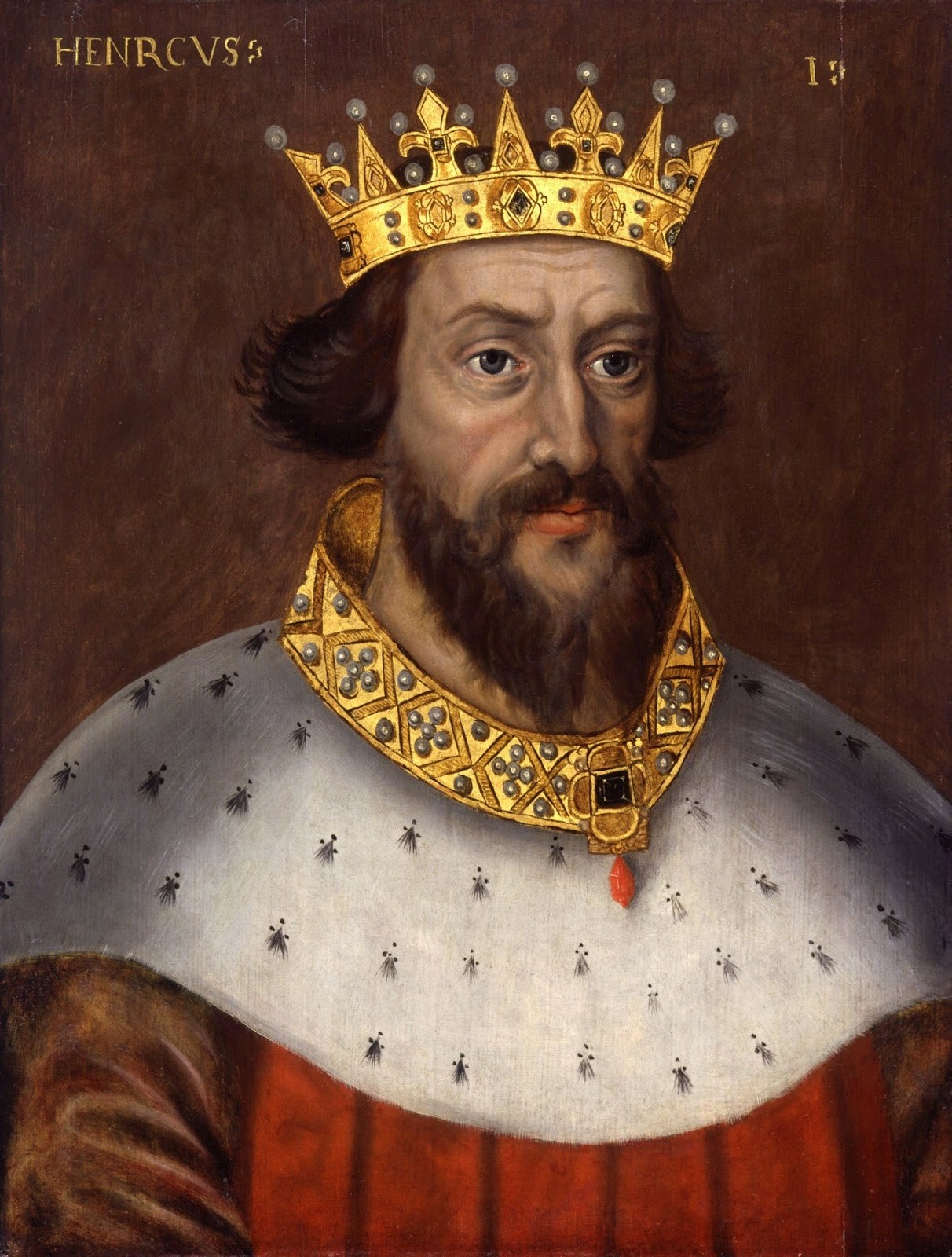The Loss of the White Ship
November 25, 2014

Posted by Diana Stanley, Museum Volunteer and Customer Service Representative
The waters of the world are a dangerous place and many ships and people have perished beneath them. Many believe history's most significant shipwreck was the Titanic, but almost a thousand years before the Titanic the famous White Ship set sail. On November 25, 1120, the White Ship, or Blanche-Nef in French, left for should have been an easy, fun trip. The ship was new and its captain, Thomas Fitzstephen, had a family history of service to the English crown. King Henry I of England needed to travel back to England from his land in Normandy, and Fitzstephen offered the king his services. Henry did not travel on the ship himself, but instead sent many nobles of his court, his only legitimate son and heir William Adelin, and two of his illegitimate children.
|
|
|
King Henry I of England |
By the time of departure, the weather was stormy and the seas turbulent. The prince was seventeen and wanted to party. He had wine put on board and everyone quickly became intoxicated. According to legend, the prince wanted to impress his father and asked the captain to catch up with the monarch’s ship. The captain and the crew, who were also under the influence, took a more dangerous route. The ship hit a rock off the coast of Barfleur. William Adelin managed to make it out but he heard that his half-sister was still on board. He turned back to try to save her and drowned. Out of 300 people, only one or two survived. In comparison, 38 percent of people on the Titanic survived, but only 0.007 percent of White Ship passengers and crew made it to safety.
The sinking of the White Ship is more important for its repercussions. Without a doubt, the tragedy changed the course of Medieval England. After the death of William, Henry I had only one legitimate child left. Worse, the heir was a woman. The king recalled Empress Matilda, formerly married to a deceased Holy Roman Emperor, from Normandy where Henry had married her to Geoffrey of Anjou. Faced with either Matilda or any of his lackluster nephews, Henry choose Matilda.
|
|
|
Empress Matilda of England |
After Henry’s death, the country plunged into a civil war called "The Anarchy" as Matilda, also known as Maud, had her inheritance contested by Stephen, her cousin. The conflict was only resolved by Stephen adopting Matilda’s son Henry II as his heir.
The civil war and conflict never would have happened without the sinking of the White Ship. The tragedy has inspired countless poems and songs in England, most famous of which is an 1830 poem by Felicia Herman called, “He Never Smiled Again.” The title refers to the legend that after Henry I heard the news of the death of his favorite child, no one saw him smile for the rest of his life.
“THE bark that held a prince went down,
The sweeping waves rolled on;
And what was England's glorious crown
To him that wept a son?”
-Felicia Herman
Want to learn more about this time in history? Visit our Creating the Crown: Developing Royal Dynasties exhibit at the Museum of World Treasures. Please visit our website or call 316.263.1311 for more information.
